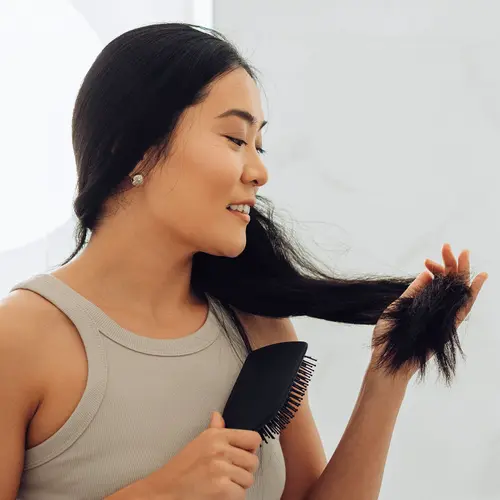Having a healthy outlook on life makes you feel better on the inside, and with a little help, those positive changes can also be reflected on the outside.
When men and women hit their 40s and 50s, their skin changes. The outer later of skin stops turning over skin cells as quickly and uniformly as it did when they were younger, which leaves skin looking dry, blotchy, and dull. That process, combined with the cumulative effects of decades of sun exposure, makes wrinkles and skin cancer prime concerns for this age group.
"Even if you're wilting away inside, everyone is more interested in their appearance than the fact that they may be developing hypertension or something," says Tina Alster, MD, director of the Washington Institute of Dermatologic Laser Surgery.
"People always come in concerned about wrinkles," says Alster. "I tell them 80% of wrinkles are related to cumulative sun damage. Unfortunately, our skin never forgets the damage we do to it."
Alster says men tend to get fewer wrinkles than women because they have more hair follicles in the face so they experience less wrinkling around the mouth. But both men and women experience changes in the skin related to sun exposure, like sun spots (also known as age spots) and precancerous lesions.
"People should have annual skin checks just like they have annual eye checks," says Alster. For a schedule of recommended screening tests at midlife, check out the Health Checklist for Women Over 40 and the Health Checklist for Men Over 40.
During a total body skin check, a dermatologist picks out suspicious skin lesions and then can hopefully remove them before they become cancerous or spread. By catching these growths early, Alster says they can take advantage of less invasive removal methods that are less likely to cause scarring, such as creams, lasers, lights, and freezing.


